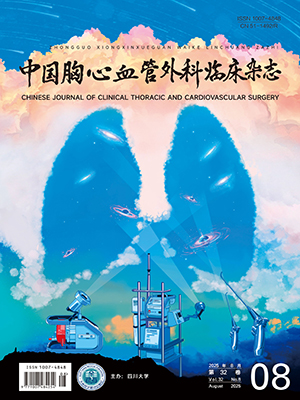The widespread application of low-dose computed tomography (LDCT) has significantly increased the detection of pulmonary small nodules, while accurate prediction of their growth patterns is crucial to avoid overdiagnosis or underdiagnosis. This article reviews recent research advances in predicting pulmonary nodule growth based on CT imaging, with a focus on summarizing key factors influencing nodule growth, such as baseline morphological parameters, dynamic indicators, and clinical characteristics, traditional prediction models (exponential and Gompertzian models), and the applications and limitations of radiomics-based and deep learning models. Although existing studies have achieved certain progress in predicting nodule growth, challenges such as small sample sizes and lack of external validation persist. Future research should prioritize the development of personalized and visualized prediction models integrated with larger-scale datasets to enhance predictive accuracy and clinical applicability.
Citation: XUE Wenhe, CHEN Nan, LIU Lunxu. Research progress on predicting the growth of pulmonary nodules based on CT imaging. Chinese Journal of Clinical Thoracic and Cardiovascular Surgery, 2025, 32(5): 581-586. doi: 10.7507/1007-4848.202503063 Copy
Copyright © the editorial department of Chinese Journal of Clinical Thoracic and Cardiovascular Surgery of West China Medical Publisher. All rights reserved
-
Previous Article
Chinese expert consensus on the clinical application and evaluation of the high-end three-dimension fluorescence medical thoracoscope in thoracic surgery (version 2025) -
Next Article
Expressions of p27Kip1, RalA, and SPOCK1 in elderly colorectal cancer patients and relation between their expressions and prognosis




